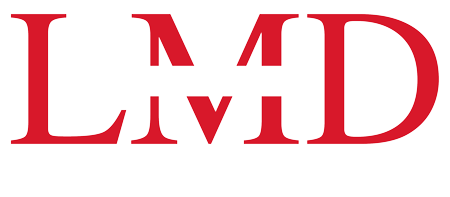Reuters – July 6, 2023
Sri Lanka cut its key interest rates for the second straight month on Thursday as inflation eased after last year’s devastating economic crisis and the focus returned to reviving growth following a bailout from the International Monetary Fund (IMF).
The Central Bank of Sri Lanka (CBSL) cut its standing deposit facility rate (SDFR) and standing lending facility rate (SLFR) to 11% and 12%, respectively, from 13% and 14% previously, in line with analysts’ expectations. The 200 basis point (bps) cut followed a 250 bps reduction in June.
The island nation plunged into crisis last year as its foreign exchange reserves ran out and food and energy prices spiralled, with protesting mobs forcing the ouster of then president Gotabaya Rajapaksa.
The central bank raised rates by a record 950 bps last year to tame surging inflation and by 100 bps on March 3.
President Ranil Wickremesinghe took the reins in July and negotiated a $2.9 billion bailout from the IMF in March.
“The banking and financial sector is urged to pass on the benefit of this significant easing of monetary policy to individuals and businesses, thereby supporting economic activity to rebound in the period ahead,” CBSL said in a statement.
Governor P. Nandalal Weerasinghe said it would not hesitate in taking measures against financial institutions if the normal interest rate structure is not restored soon.
Sri Lanka’s key inflation index peaked at 70% year-on-year in September and has come down gradually. It was at 12% in June.
Dimantha Mathew, head of research at First Capital, said the CBSL will try and implement a domestic debt restructuring plan (DRP) plan as soon as possible.
“Now that they are bringing down rates fast, they will issue very long-term bonds and reduce borrowing costs for the government. Borrowing costs will come down to between 11%-13% as rates will start trending downwards,” he added.
DOMESTIC DEBT RESTRUCTURING PLAN IN FOCUS
Sri Lanka will move forward with its domestic debt revamp
to shore up confidence among its foreign creditors, Weerasinghe said, adding that the government was also in talks with creditors including Japan, China and India.
“We have done our part and it is now up to creditors. We would like to expedite progress and reach an agreement before the first (IMF) review (in September),” he said.
Economic activity remained subdued in the second quarter of 2023 but would gradually recover towards late 2023 aided by policy normalisation, improvement in supply conditions, relaxation in import restrictions and better forex liquidity among other factors, the CBSL said.
“This recovery is expected to sustain, thereby gradually closing the large negative output gap that exists in the economy and reaching the potential level of economic growth over the medium term.”
Analysts expect more rate cuts in coming months to aid an economic recovery and reduce borrowing costs for corporates and the government.
“It is clear that confidence about the inflation path and foreign inflows is helping CBSL to support the economy via lower rates,” said Thilina Panduwawala, head of research at Frontier Research, who predicted two more 100 bps cuts by the end of the year.
Editing by Sudipto Ganguly, Raju Gopalakrishnan and Kim Coghill

